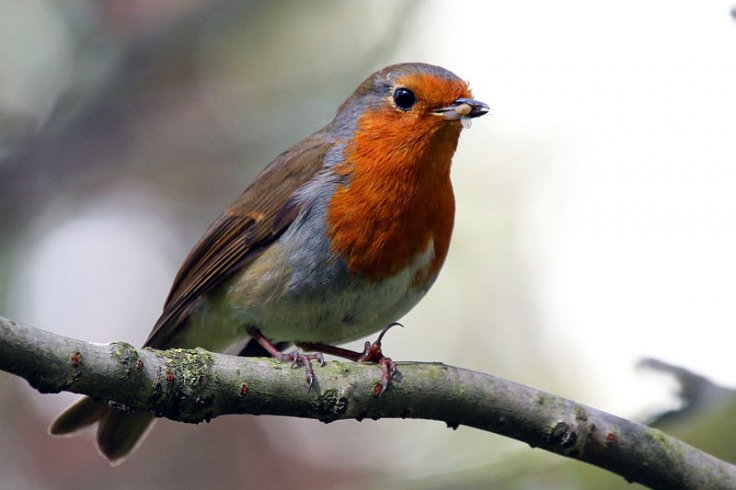
Researchers claimed that birds are capable of seeing the world in a very different manner and they also see those colours that humans can't.
Scientists made this conclusion after analyzing the images obtained from a specially designed camera, which can stimulate bird-vision.
The research report, which was published in the journal Nature Communications, has revealed that the new findings have explained that why birds navigate so accurately through dense foliage. During the study, behavioural biologist Cynthia Tedore, from Lund University in Sweden found that birds have a fourth color receptor compared to humans.
For humans have three types of colour receptors, which are sensitive to RGB or red, green and blue, frequencies of light. But, in the case of birds, there is a fourth colour receptor, which varies in terms of different species in the type of frequency it detects.
It should be noted that birds like Australian Honey Eaters are sensitive to violet light, while in the case of parrots, these receptors are capable of detecting light further into the UV part of the spectrum.
After capturing images taken from dense forest habitat in both Sweden and Australia, using a normal camera and another one with bird-vision, scientists found striking differences.
"UV vision likely helps birds fly and hop through dense foliage with greater agility. Many birds search for insects and spiders hiding on the lower surfaces of leaves, and being able to quickly pinpoint these surfaces should enhance their foraging efficiency," Cynthia Tedore told Sciencealert.com.
As per the study, scientists also added that the reality, which humans see is just the "human reality" and it may differ from species to species.
"We may have the notion that what we see is the reality, but it's a highly human reality. Other animals live in other realities, and we can now see through their eyes and reveal many secrets. Reality is in the eye of the beholder," said biologist Dan-Eric Nilsson, also from Lund University in a recent statement.









